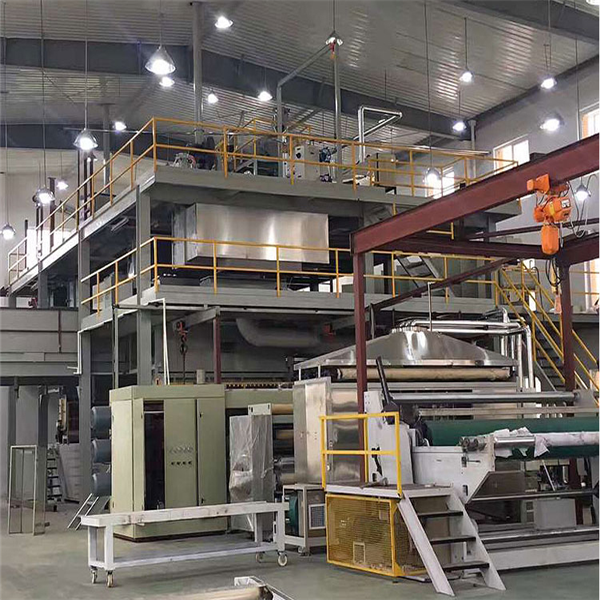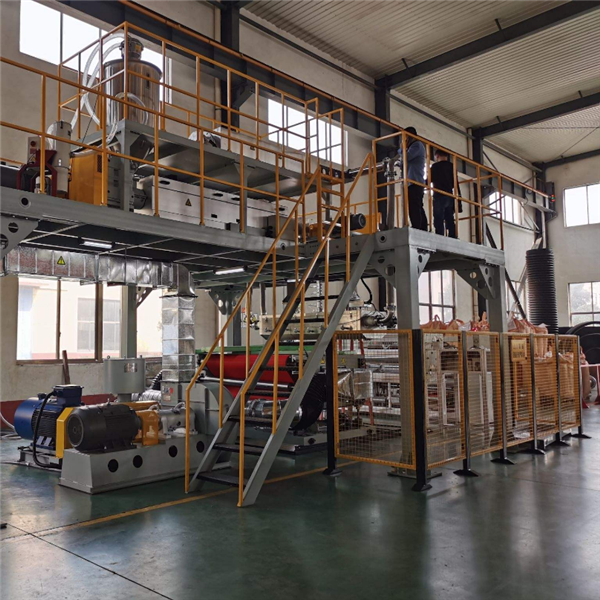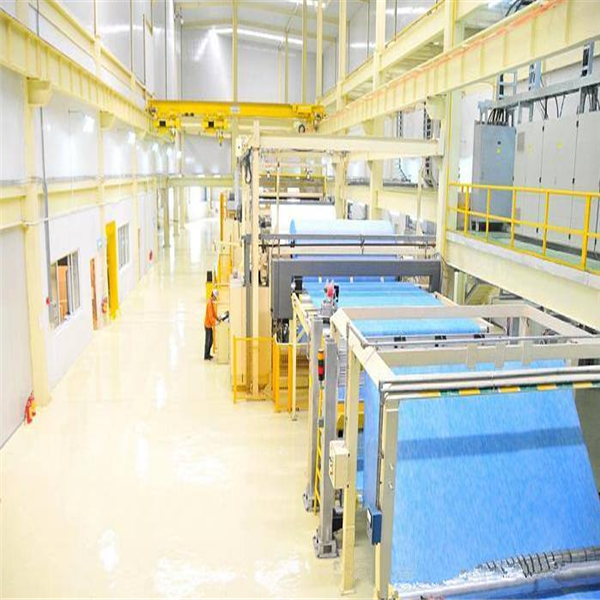With the growth of the economy, people’s demand for non-woven fabrics continues to increase, and the production of non-woven fabrics in my country has also developed rapidly. Especially in recent years, non-woven equipment and production capacity based on spunbond, spunlace, and hot air processes have grown rapidly.

According to forecasts, in the next five years, the annual output of non-woven fabrics will still maintain a growth rate of 6%-10%, and the annual output of non-woven fabrics will exceed 6.8 million tons by 2023. But many non-woven manufacturing entrepreneurs lament that market demand has not been able to keep pace with production capacity, and excess capacity has led to price competition and equipment shutdowns. With the upgrading of equipment and the improvement of research and development capabilities, non-woven enterprises should look at the world and open up a broader market while producing more high-quality, high-standard and high-end products, so that the non-woven industry can go further. development of.
Below, I will provide some data analysis on some major non-woven markets, hoping to help the decision-making of enterprise development.
According to Smithers Pira’s latest market research report, the global spunbond nonwovens market was estimated to be worth $12.7 billion in 2018 and is expected to reach $18.3 billion by 2023, with a compound annual growth rate of 7.6% from 2018 to 2023. Compared to other nonwovens, spunbond nonwovens are gaining popularity and also growing in usage in the medical sector, high demand for polypropylene spunbond nonwovens is a key factor driving the growth of this market. The high cost of the final product may affect the pricing structure of the intermediate industry, and the stagnant growth of the baby diaper segment in the mature market is also a key constraint on the growth of spunbond nonwovens in the Western market.
In 2018, disposable products accounted for a larger share of the spunbond nonwovens market. Polypropylene continues to be the largest material in the spunbond nonwovens market, and one of the main advantages of polypropylene compared to other raw materials is its economy and yield, which makes it the material of choice, especially for disposables Products such as adult incontinence products, baby diapers and sanitary pads. The majority of this market share is mainly attributed to the cost-effectiveness of the material and the key functional properties that make it the material of choice. At the same time, many companies are conducting extensive research and development to improve the biodegradability of disposable spunbond nonwoven products, such as polylactic acid spunbond nonwovens, which have been favored for their known biodegradability and biocompatibility. focus on.
Asia Pacific is expected to lead the growth of the global spunbond nonwovens market, which is mainly driven by rising disposable income and rising consumption of disposable products. Forecasts indicate that the spunbond nonwovens market in Asia Pacific will grow at a very high CAGR from 2018 to 2023, and this growth is mainly attributable to the demand for spunbond nonwovens from countries such as China, Japan, India and South Korea. High demand for nonwovens.
In 2019, global demand for spunlace nonwovens is expected to reach 1.38 million tons, or 31.1 billion square meters, worth $6.2 billion. Facing the new application demands of wiping products and technological innovation, spunlace non-woven fabrics have seen high growth and high profit margins in recent years. This trend will continue until 2024, but it will also face excess capacity, including overcapacity. new challenges.
According to in-depth research from Smithers Pira, continued demand will drive global spunlace nonwoven consumption to grow at a CAGR of 7.9% to 2.01 million tons in 2024. Future profitability will also depend on the continuous development of existing spunlace processes, the implementation of new production technologies to meet end-user and market requirements.
The global consumption of wetlaid nonwovens produced using both wetlaid or DRC processes was 460,900 tons in 2018, equivalent to 11.3 billion square meters and $1.3 billion. By 2023, the annual growth rate of tonnage will reach 5.0%, the annual growth rate of square meter consumption will be 5.4%, and the annual growth rate of consumption amount will be 5.6%. As the value per ton and per square meter grows – leading to the growth of more “high value” specialty products such as battery separators and wall coverings.
Overall, the market demand for non-woven fabrics is still growing, but the requirements for product performance and innovative applications are also constantly improving. While increasing equipment investment and production capacity, enterprises must also be closer to market demand. and growth points, and layout the global market, in order to avoid the dilemma of overcapacity.
Post time: Jun-10-2022


